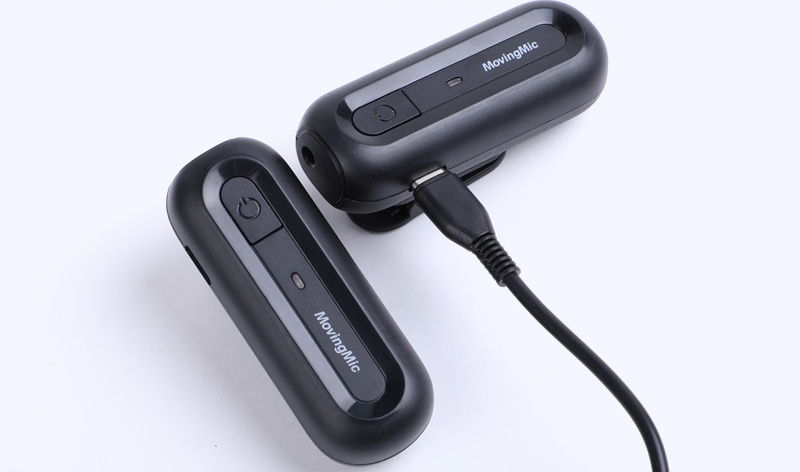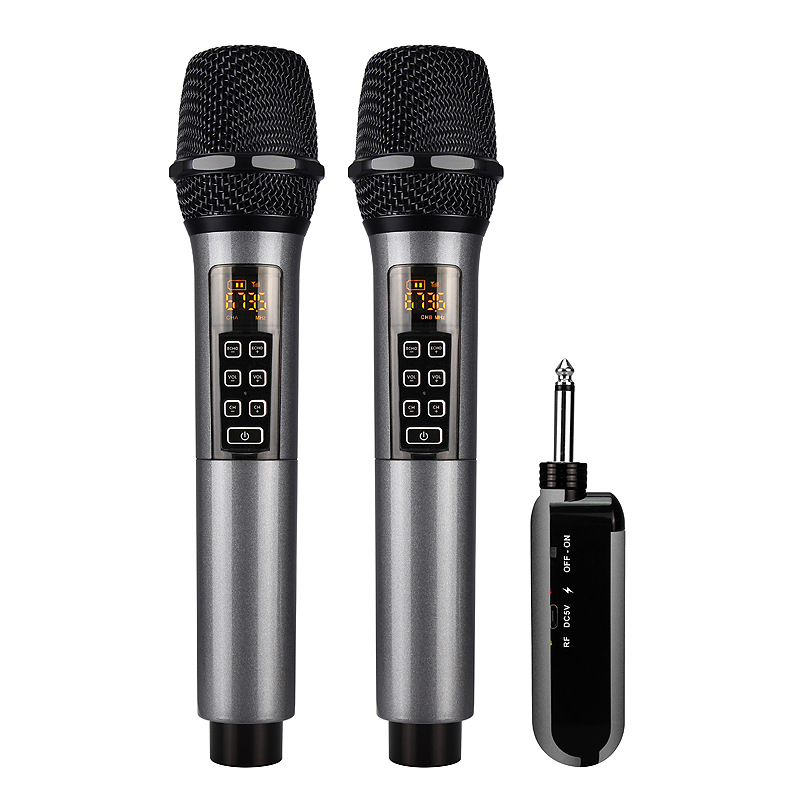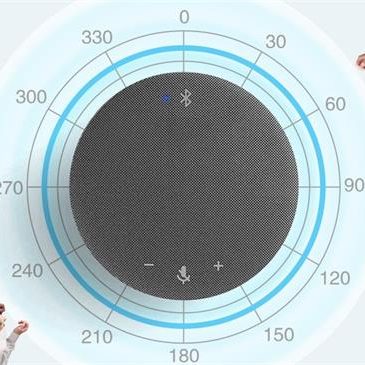



Product Description
| Toys Type | Wireless Bluetooth Speaker |
| Features: | Card, radio, voice prompt, call function |
| Product size: | |
| Weight: | |
| Color: | Blue, Black, Rose Red, White, Yellow r |
| Packaging: | Printing boxes, With gift box |
| Interface Type: | USB |
| Custom Service: | Support custom logo and packaging |
| Frequency Range: | 40Hz-20KHz |
| Battery Capacity: | 4000 |
| Signal-to-noise ratio: | ≥75dB |
| Feature: |
Microphone history
The history of the microphone can be traced back to the end of the 19th century. Scientists such as Alexander Graham Bell are dedicated to finding a better way to pick up sound, which can be used to improve the latest invention at that time-the telephone. During the period they invented liquid microphones and carbon microphones, these microphones are not ideal, but barely able to use.
In 1949, the Winnipeg Laboratory (the predecessor of Sennheiser) developed the MD4 microphone, which can effectively suppress sound feedback and reduce background noise in a noisy environment. This is the world’s first noise-canceling microphone that suppresses feedback.
In 1961, at the Industrial Fair in Hannover, Germany, Sennheiser introduced the MK102 and MK103 microphones. These two microphones interpret a brand-new microphone manufacturing concept-RF radio frequency capacitive, that is, use a small and thin diaphragm, which has the characteristics of small size and light weight, while ensuring excellent sound quality; in addition, this microphone pair Electromagnetic interference is very sensitive. They have strong anti-interference performance on the influence of climate, and are very suitable for some brand-new fields. For example, they are used by expeditions and operated outdoors day and night. In the face of extreme temperature difference and harsh weather outdoor conditions, the microphone still performs outstandingly.


















